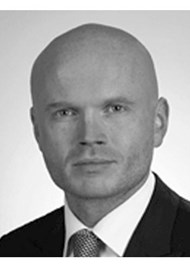The authors briefly present a surgical pearl that helps addressing the overly thick nasal skin envelope in cosmetic rhinoplasty. In order to optimise cosmetic results in thick-skinned noses, contour enhancement is best achieved by elongating and projecting the skeletal framework whenever possible. However, this therapeutic concept is limited in noses in which the nasal framework is already too large. Histologic examination revealed a substantial increase in thickness of the subcutaneous fibromuscular tissues, with only little dermal thickening or increased adipose content. This fibromuscular tissue, also known as the nasal superficial musculoaponeurotic system (SMAS) layer, lies just beneath the subdermal fat and may account for up to 3mm of skin flap thickness. SMAS debulking can be performed safely using the external rhinoplasty approach. The authors present their surgical technique in detail, emphasising the importance of preservation of the overlying, subdermal plexus, which is to be found in the subdermal fat. SMAS debulking can result in a reduction of the skin envelope thickness of up to 3mm. Chu and Davis discuss which patients are good candidates for this procedure and what indicators lead to contraindication. Additionally they highlight details of their postoperative care regime. The technique is also presented in a video that can be watched online. The article briefly and concisely describes a strategy, which will help in achieving a pleasing postsurgical outcome in thick skinned rhinoplasty patients.




